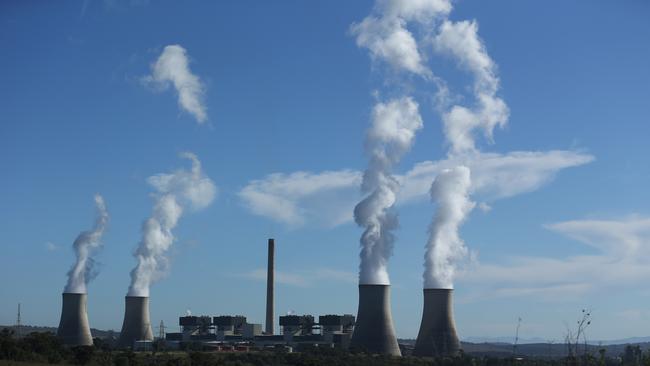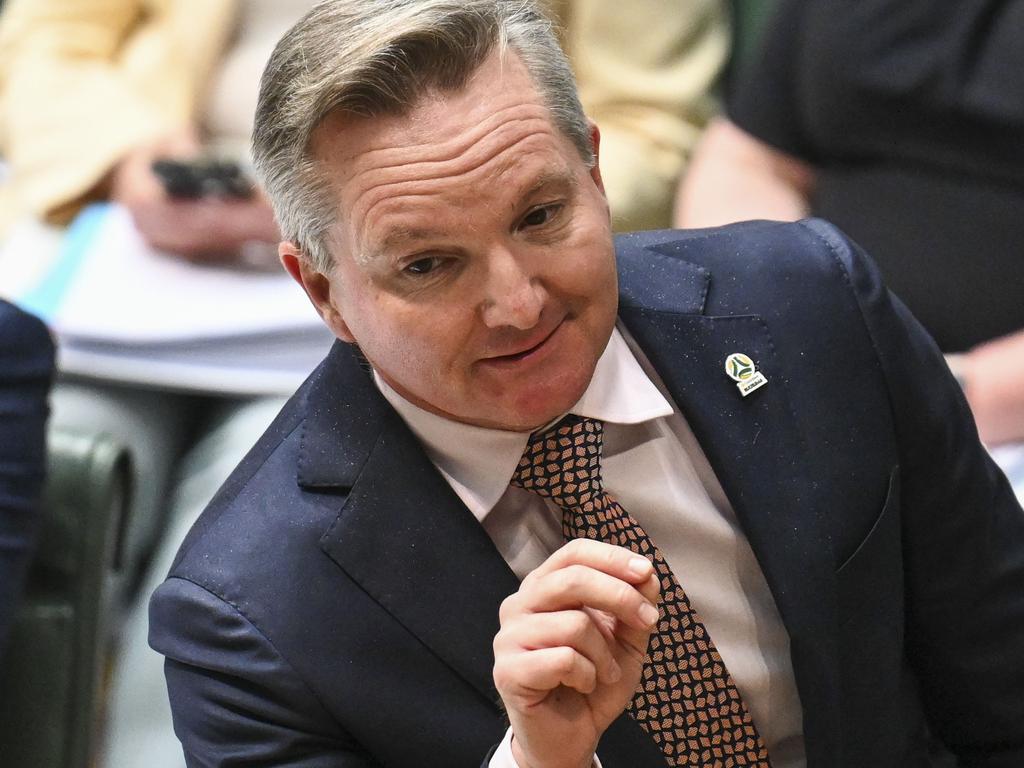Energy users fret as El Nino set to fuel prices
Businesses are under pressure as customers bunker down and an higher energy prices as a result of an El Nino will push some to the brink.

A sweltering El Nino summer would trigger higher power prices and the threat of blackouts, with big energy players raising the alarm on a fresh crunch for the industry as hot weather tests the resilience of the electricity grid.
A looming El Nino would bring hot, dry weather across Australia’s east coast, a weather pattern that is expected to heighten demand from households and businesses which in turn lifts wholesale electricity prices.
David Fallu, chair of Tomago Aluminium, the nation’s largest smelter and biggest single consumer of electricity, said an El Nino would complicate a market already reeling from the chaos of our electricity market transition.
“The transition is a dual challenge. Decarbonisation is one challenge but the other problem is having a reliable and competitively priced energy market and then an El Nino further complicates that,” Mr Fallu said.
“We are contracted until 2028 but it’s more challenging for industry contractors coming into new contracts in that environment.”
Australia’s largest energy retailer, Origin Energy, said it was also cautious about the summer outlook. “I think people are very focused now on summer and the prospect of an El Nino,” Origin chief executive Frank Calabria said. “It will put high demand on the system and we need generation to work well.”
The weather event will likely accentuate price movements already seen in Australia’s wholesale market after a rise of solar generation.
During sunny days, Australia’s wholesale electricity price is zero or even in negative territory before shooting up when the sun sets.
“Solar output will increase in the summer period but we will need capacity to manage those evening peaks,” the Origin chief added.
For businesses, higher power bills are a grave concern, according to the group representing the nation’s biggest manufacturers and industrial power users.
“It’s one of the top three things, if not the top thing, we are concerned about. Prices are high and likely to stay high for some time,” said Andrew Richards, chief executive of the Energy Users Association of Australia.
“Our members are concerned if the summer is anything like the European summer, well it’s going to be a ripper, to say the least. We’re clearly concerned about cost.”
Higher wholesale prices do not immediately flow through to household and business bills, but the cost of generating electricity is the biggest single component in determining how much power prices rises by in 2024.
Elevated energy bills will add further fuel to the intense debate about the cost of the energy transition.
Australia is moving rapidly to wean its electricity grid off its dependency on coal – which still generates about 60 per cent of the country’s energy needs – in a bid to meet net zero commitments that climate scientists say is necessary to mitigate the impact of climate change.
Australia has legislated a commitment to have renewable energy provide more than 80 per cent of electricity by the end of the decade, with green energy currently accounting for 40 per cent of the mix according to figures released on Friday.
The transition will see the bulk of Australia’s coal fleet mothballed by 2035, although several plants in Queensland could still operate into the 2040s.
Since 2019, only AGL Energy’s Liddell coal power station has been shuttered, and that capacity has largely been replaced by an influx of grid-scale renewable energy and rooftop solar.
Rooftop solar in Australia has boomed in recent years. In 2018, about 18 per cent of households had installed solar panels. By 2023, data from Roy Morgan, shows nearly one in three had rooftop solar generation.
Energy bills have been a major contributor to soaring inflation that has triggered the Reserve Bank of Australia’s aggressive monetary policy tightening – that has intensified pressure on households.
Buckling under the aggressive rate rises, households have moved to drastically curtail spending.
Rate hikes are hitting households in NSW and Victoria the hardest, with the country’s two most populous states the only jurisdictions where spending was lower in July than a year earlier.
The inaugural CommBank household spending insights, based on online and card transaction data from the bank’s seven million customers, showed that annual growth in spending nationally had slowed to 1.3 per cent, from a peak of 18 per cent in August 2022.






To join the conversation, please log in. Don't have an account? Register
Join the conversation, you are commenting as Logout